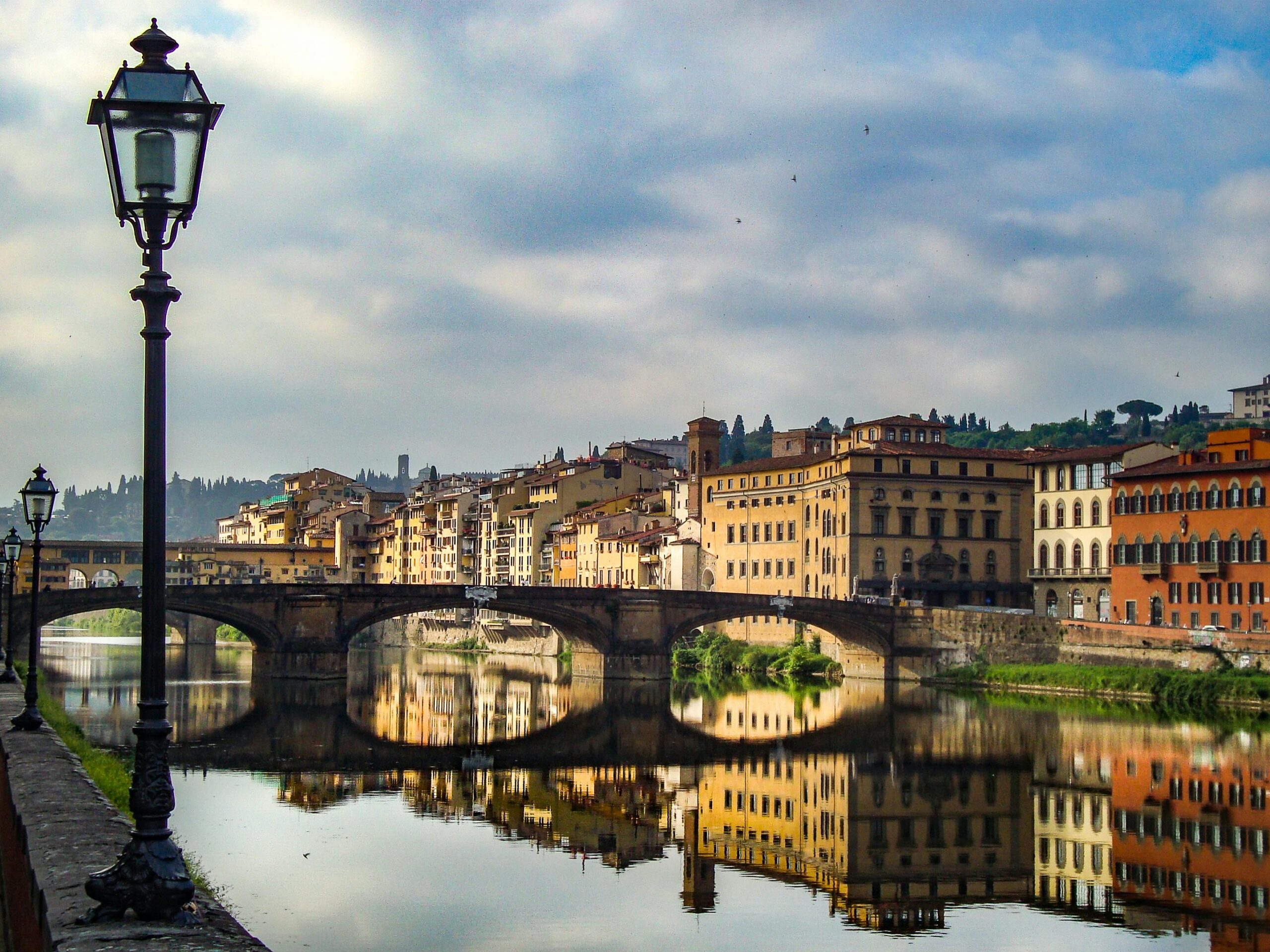

In the past, especially in rural areas or in small towns, bathrooms were often located outside the houses. The oldest houses did not have the modern convenience of internal toilets, as we are used to today. The so -called “cessi” or “latrine” were built at a certain distance from the main houses, for hygienic reasons and to avoid bad smells inside the house.
These structures were rudimentary, often little more than shacks or wooden huts with a pit below. The urgent need, or “need”, therefore led people to get out quickly, even during adverse weather conditions, at night or in the cold. The expression “made you trotter the old” jokingly emphasizes the image of an elderly person who hurries to go to the bathroom, because for them the path could be uncomfortable and dangerous, given that he involved leaving the house, perhaps crossing a courtyard or a garden.
This reality was common until the mid -twentieth century, when modern hydraulic systems and internal toilets became more and more widespread, especially in cities. In many country houses or in old houses there are still traces of these external bathrooms, as a testimony of a lifestyle now overcome.



